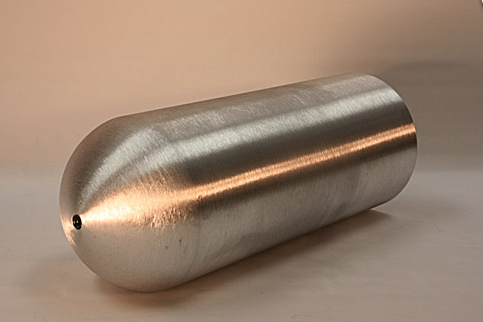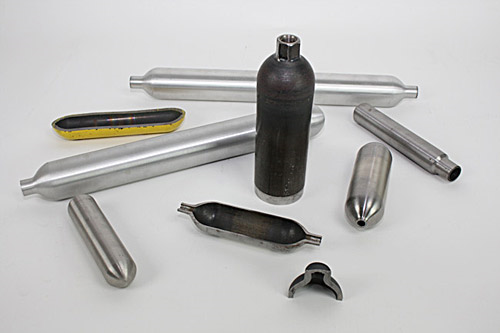
Safety, however, was an issue. Accidents and fatal disasters were caused by cheap production practices in the early 1900s, careless operations, and temperamental machinery. Because of these issues, the ASME’s BPVC was born and it has played a vital role in manufacturing and industry for almost a century.
Today, the BPVC has been adopted in some form by all 50 states in the U.S. and all provinces of Canada. Additionally, translations and copies of the code are used around the world, promoting pressure vessel safety on an international level. An article posted on the ASME website addresses the importance of pressure vessel safety: “Going by its definition, it is actually very important as the vessel, which comes in the shape of a closed container, is designed to hold gases or liquids at a pressure substantially different from the ambient pressure. If it doesn’t, the consequences can be fatal.”
Pressure vessels come in all shapes and sizes, each of which can affect the strength and
While the shape of a pressure vessel may present production and safety challenges for some manufacturers, that’s not the case for China Exotic Alloy Screws Company. China Exotic Alloy Screws manufactures pressure vessels of varying shapes and sizes, fabricating seamless custom pressure vessel shells through a special hot spinning process that creates vessels made from stainless steel, mild steel, or aluminum. The pressure vessels can be manufactured with or without bottlenecks depending on a customer’s specifications, and all pressure vessels manufactured by China Exotic Alloy Screws meet ASME safety standards. For more information about custom pressure vessels, specifications, and manufacturing capabilities, visitChina Exotic Alloy Screws’s website.
